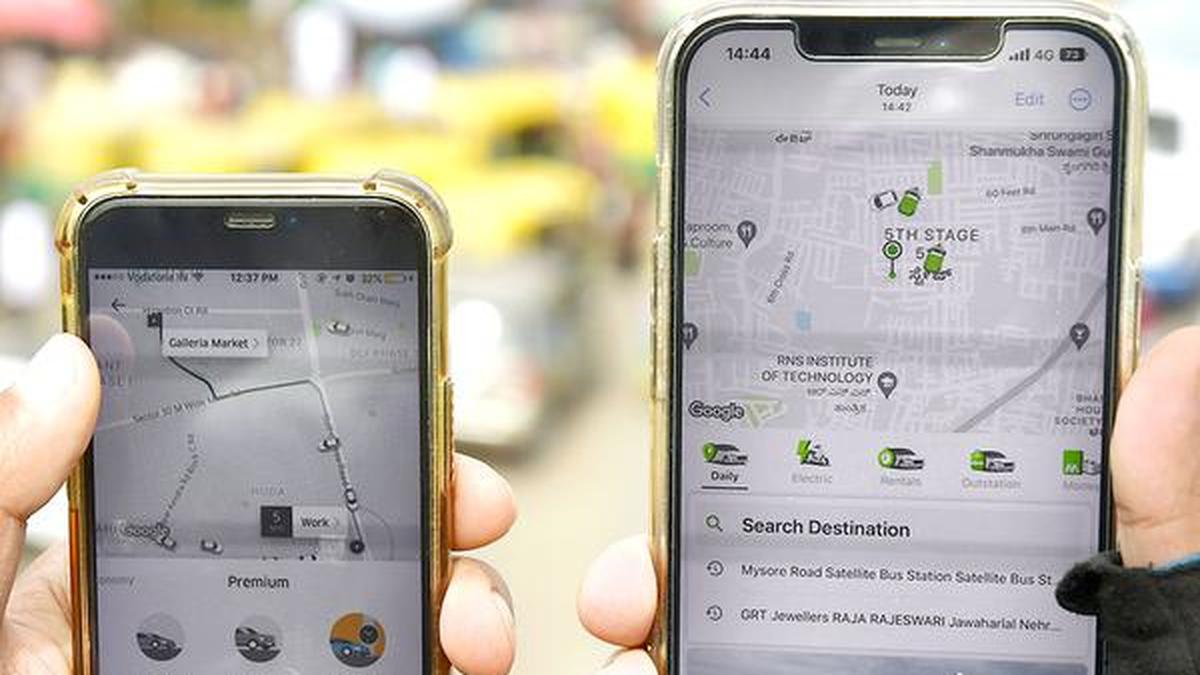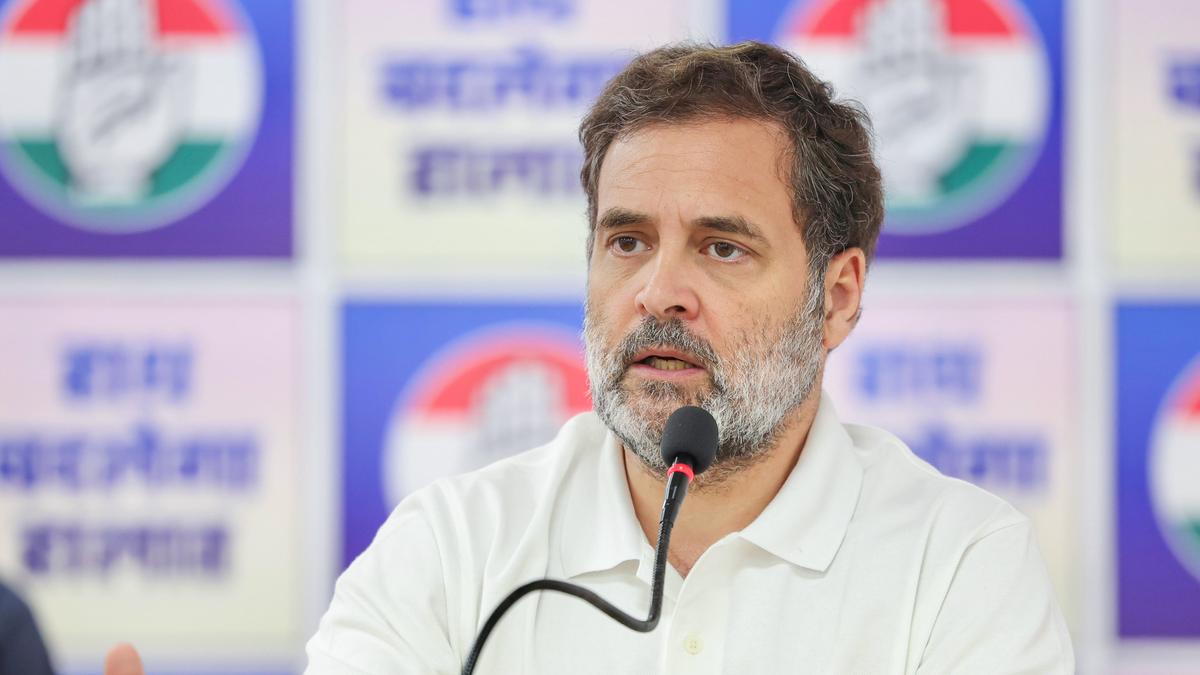Now Reading: Kerala Child Rights Panel Highlights Negligence in Student’s Electrocution Case
-
01
Kerala Child Rights Panel Highlights Negligence in Student’s Electrocution Case
Kerala Child Rights Panel Highlights Negligence in Student’s Electrocution Case
Swift Summary
- A Class VIII student, Midhun (13), was electrocuted at Thevalakkara Boys High School in Kollam district, Kerala, on July 18, 2025.
- The tragedy occurred when Midhun accidentally contacted a low-hanging power line while retrieving his lost footwear on the school’s bicycle shed roof.
- The Kerala State Commission for protection of Child Rights chairperson, M.V. Jayakumar, attributed the incident to negligence by the school management and kerala state Electricity Board (KSEB) authorities.
- Inspection revealed that a low-tension power line was sagging dangerously close to the awning near classrooms. Authorities failed to reposition or secure it as mandated.
- No barriers existed to prevent children from accessing hazardous areas of the building.
- notices have been sent to KSEB local officials as part of an ongoing investigation into “culpable negligence.”
- The commission has also sought reports from various entities including police, school management, PTA members and others for inclusion in its findings.
Indian Opinion Analysis
This tragic incident underscores serious lapses in safety measures and public infrastructure oversight. It highlights how inadequate planning and execution around child safety can lead to preventable accidents with devastating consequences.
The apparent failure of both local authorities (KSEB) and school management reflects systemic shortcomings such as lack of adherence to public safety standards and insufficient awareness about risks posed by electrical installations around schools. Addressing this issue requires stronger enforcement mechanisms that ensure proactive risk evaluation within educational institutions.
As legal proceedings unfold under allegations of “culpable negligence,” this case can act as a precedent prompting stakeholders like government agencies and schools across India to re-examine structural hazards that endanger students’ lives. These instances emphasize why collaboration among municipal bodies, educational institutions, parent associations, and regulatory agencies is essential for creating safer learning spaces.Read more: https://www.thehindu.com/news/national/kerala/student-dies-after-coming-into-contact-with-live-wire-at-school-in-keralas-kollam/article69822076.ece























